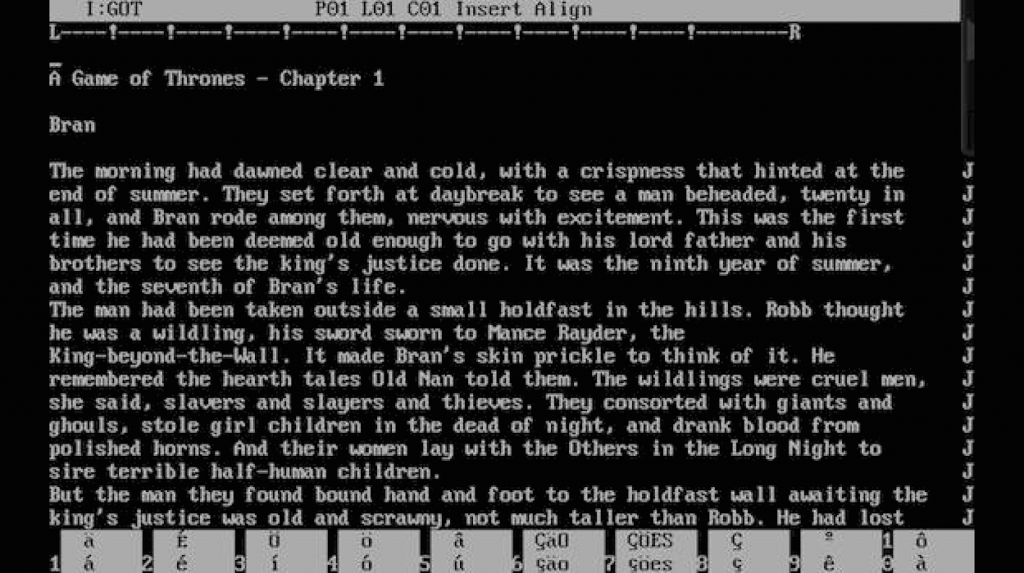More details as soon as it’s out – give me five seconds to go buy it myself then I’ll get right back to you – but the new OmniFocus 2 for Mac is being released today. It’ll be on the Mac App Store but get it from the maker instead, the Omni Group at www.omnigroup.com.
It’s coming out at 9am PDT which I reckon is about 5pm BST but I wouldn’t count on my maths even when I’m not excited.
That sounds strange, even to my ears: the idea of being excited about software. Yet the only real surprise to me is that I am this thrilled when I’ve already been using the beta version for months.
But I’ve used that beta on the Mac for those months, I used the previous version 1 on the Mac for a year or more, and there hasn’t been a day – sometimes not even an hour – that I haven’t used OmniFocus for iPhone or iPad in about two years.
I’m particularly glad about today’s launch because I’m running a full-day workshop of The Blank Screen today for the Federation of Entertainment Unions – the Writers’ Guild, NUJ, Equity and Musicians’ Guild – and this will come up. OmniFocus always comes up, the company couldn’t get more adverts from me if they paid, but I have been hesitating in every single The Blank Screen workshop. That’s partly because OmniFocus only runs on Apple gear; if it were on PCs and Android too, I’d be trying to distribute copies.
But the other reason has been that the Mac version was hugely powerful yet very hard to use. You don’t often hear that said about Mac software, but it was. So I used to be torn over recommending it, especially as it’s expensive.
Now I can tell you from experience that the new OmniFocus 2 for Mac is much easier. There’s still a lot to it but it makes sense and it works how you will expect.
There’s just one more thing. It used to be that the iPad version of OmniFocus was the best of three but now the Mac one is coming out and we’ve had a revamped iPhone one for a few months. Today I’d say the Mac version is the best.
But the company confirms a revamped iPad one is coming so the dance begins again.
